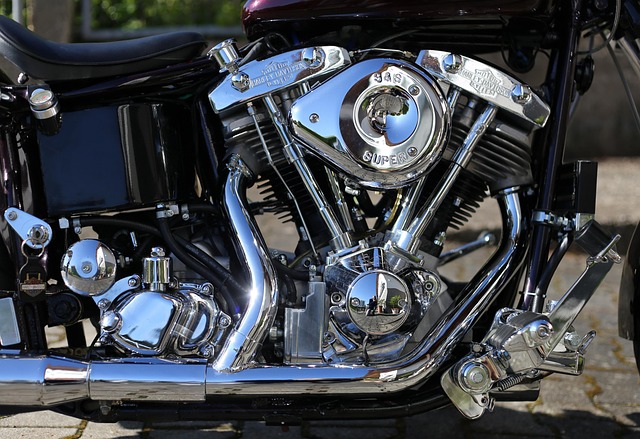
Parallel Twin Vs Inline 4 Motorcycle
Understanding Motorcycle Engine Configurations
Motorcycles come in various shapes and sizes, and one of the key factors that define their performance is the engine configuration. Among the most popular types are the parallel twin and the inline four engines. Each configuration has its unique characteristics, advantages, and drawbacks. This article aims to provide a clear comparison between these two engine types, helping potential buyers and enthusiasts make informed decisions.
Engine Layout
The first significant difference between parallel twin and inline four engines lies in their layout. A parallel twin engine consists of two cylinders arranged side by side, while an inline four engine features four cylinders aligned in a single row. This fundamental difference influences not only the engine's size but also its overall weight and balance.
Performance Characteristics
When it comes to performance, inline four engines generally offer higher power outputs compared to parallel twins. The additional two cylinders in an inline four allow for more displacement and, consequently, more horsepower. This makes inline fours a popular choice for sportbikes and high-performance motorcycles.
On the other hand, parallel twin engines tend to provide a more manageable power delivery, which can be advantageous for beginners or those who prefer a more relaxed riding experience. The torque curve of a parallel twin often peaks at lower RPMs, making it suitable for urban commuting and everyday riding.
Sound and Vibration
Sound and vibration are also important factors to consider. Parallel twin engines produce a distinctive thumping sound, often described as a "thumper" noise. This unique auditory signature appeals to many riders who appreciate the character of the engine. However, this configuration can also result in more noticeable vibrations, which may be uncomfortable on longer rides.
In contrast, inline four engines are known for their smooth operation and higher revving capabilities. The sound produced by an inline four is typically more refined and less intrusive, making it a preferred choice for long-distance touring motorcycles. The reduced vibration levels also contribute to a more comfortable ride.
Styling and Application
Styling is another area where these two engine types diverge. Parallel twins are often found in retro-styled bikes and smaller displacement models, appealing to riders who favor classic aesthetics. Brands like Kawasaki and Honda have successfully integrated parallel twin engines into their lineup, offering a blend of modern performance with vintage looks.
Inline four engines, on the other hand, dominate the sportbike segment. Their ability to produce high RPMs and substantial power makes them ideal for racing and performance-oriented motorcycles. Manufacturers like Yamaha and Suzuki have built their reputations on the strength of their inline four models, which often feature aggressive styling and cutting-edge technology.
Cost and Maintenance
From a cost perspective, parallel twin engines are generally less expensive to manufacture and maintain. Their simpler design often results in lower repair costs and easier access for maintenance. This can be a significant advantage for new riders or those on a budget.
Inline four engines, while offering superior performance, can come with higher maintenance costs due to their complexity. More moving parts and advanced technology often mean more expensive repairs and servicing. Riders should consider their long-term ownership costs when choosing between these two configurations.
Conclusion
In summary, both parallel twin and inline four engines have their strengths and weaknesses. The choice between the two ultimately depends on the rider's preferences, intended use, and budget. For those seeking a more relaxed ride with a unique character, a parallel twin may be the way to go. Conversely, if high performance and speed are the priorities, an inline four engine is likely the better option. Understanding these differences can help riders make a more informed decision when selecting their next motorcycle.

















 Customer Notifications on Shopify: The Lowdown
Customer Notifications on Shopify: The Lowdown 
 Health
Health  Fitness
Fitness  Lifestyle
Lifestyle  Tech
Tech  Travel
Travel  Food
Food  Education
Education  Parenting
Parenting  Career & Work
Career & Work  Hobbies
Hobbies  Wellness
Wellness  Beauty
Beauty  Cars
Cars  Art
Art  Science
Science  Culture
Culture  Books
Books  Music
Music  Movies
Movies  Gaming
Gaming  Sports
Sports  Nature
Nature  Home & Garden
Home & Garden  Business & Finance
Business & Finance  Relationships
Relationships  Pets
Pets  Shopping
Shopping  Mindset & Inspiration
Mindset & Inspiration  Environment
Environment  Gadgets
Gadgets  Politics
Politics 